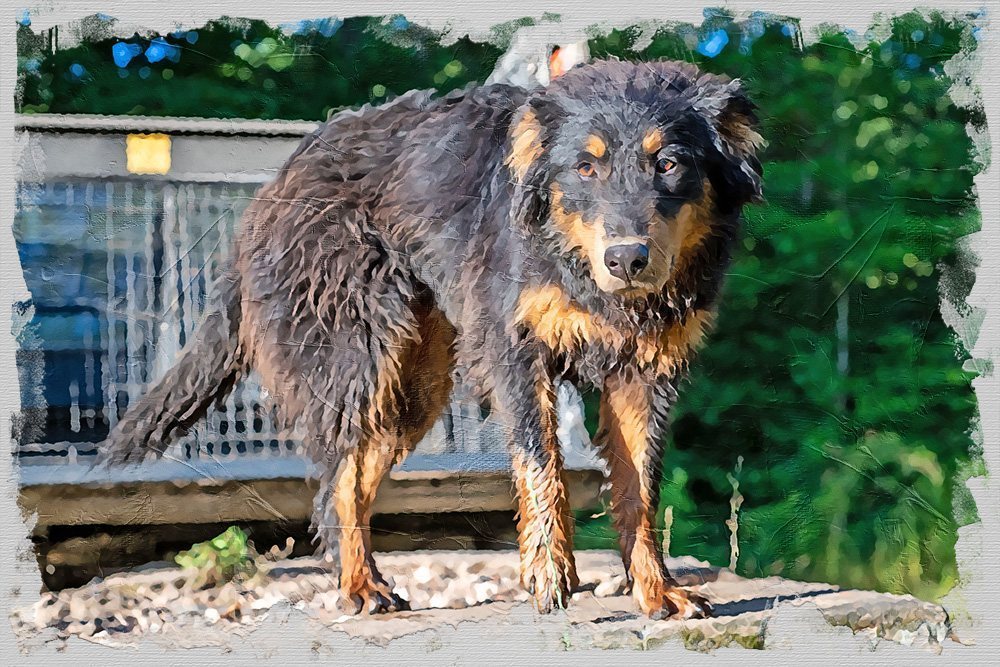Tom D. Stodghill of Quinlan, Texas, and John and Pauline Blankenship of Murfreesboro, TN ran two of the most commercially successful breeding operations in the history of our English Shepherd breed. Stodghill famously bragged in one article about how he had shipped dogs to “All Fifty States.” And I’m confident that the Blankenship’s equaled his boast during their four decades of breeding. Both breederships focused on the Old-fashioned Black and Tan bloodline. But more than fifty years later, the bloodline they trafficked in is all but disintegrated, a shadow of its former self. By commercial measure, it seems like both Stodghill and the Blankenships were a success. But in the interest of bloodline conservation, what can we learn from them?
The Old-fashioned Black and Tan English Shepherd Association is headquartered in the heart of Tennessee’s hardwood timber industry. A long time ago, the timber industry learned the importance of replenishing natural resources. Unchecked harvesting for sake of profits led to depletion. Today, that industry is required by law to replant a percentage of their harvested acres. With an eye towards securing the bloodline’s future, we can borrow from the lesson of the timber industry. We can plant little trees.
But in the English Shepherd world, how is that accomplished? How do we plant little trees? By focusing on shipping dogs to all fifty states, the old black and tan breeders created a sparsity problem. Without population density, the dogs they shipped across the country either died-out or were bred to other bloodlines. Although Stodghill did expend effort on building a breeder network, his expansionist drive to go nationwide created sparsity in his breeder network that led to its eventual extinction. In many ways, Stodghill’s reach exceeded his grasp, but at OBTESA, we take a different approach. We focus on population density. The only place those historic dogs survived in any material way has been here in the Southeast U.S. That is because the Southeast U.S. is the center of cultural use and appreciation for the Old-fashioned Black and Tan English Shepherd bloodline. So we focus our resources on building population density here in the Southeast region.
- We encourage the placement of black and tan dogs regionally, creating a denser population base for breeders to draw from.
- We try to take advantage of the dense, regional population by placing black and tan dogs with many small, regional breeders who commit to breeding within the black and tan bloodline. This preserves genetic material.
By approaching conservation through density of population, at OBTESA we believe that we can secure the future of the Old-fashioned Black and Tan Bloodline for the next generation. Through stewardship and cooperation, we ask that you help us to plant little trees. You can view our planned litters at: http://get.blacktans.com

